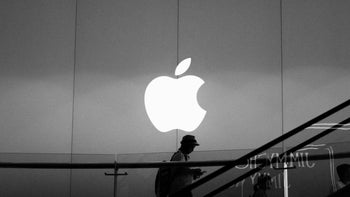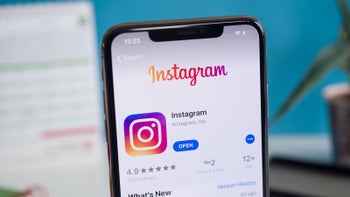Best in the US? New Verizon vs AT&T, T-Mobile and Sprint speed and coverage tests

T-Mobile was early in the unlimited data game, at the time when it sacrificed profit for market expansion, and the average LTE speeds of its network have been simply rising steadily, as it poured more resources into its network, plus it has fewer subscribers to put a dent on its towers. There were some hiccups when unlimited plans took over at Verizon, though, as it's the largest carrier with the most users to weigh on its network during congestion times. Verizon, however, reversed the dip quickly and ended last year with actually faster overall LTE speeds than it started it. What about the first half of 2018?
Well, the latest crowd-sourced reports from the creators of the Speedtest (Ookla) and OpenSignal apps, come to show that average speeds have grown drastically in the last two quarters alone, and have crossed the 25Mbps threshold for the two fastest US networks - Verizon and T-Mobile - according to the Ookla methodology, and the 20Mbps one as per OpenSignal, which, however, covers only Q2 results, and derives from way fewer measurements.
According to Oookla, the average network speeds of these two carriers are almost tied at the top, but Verizon's network served the fastest download speeds in way more city markets than any other carrier, reaching almost 50% superiority in the top 100 metropolitan areas in the US. The OpenSignal report also shows only a bit faster average speeds of T-Mobile vs Verizon - 21.57 vs 20.56 Mbps - but an even more advantageous ratio for Big Red in its sample of 50 major cities.
Verizon has been busy addressing capacity demand by adding new cell sites, mostly in urban cores
When it comes to small-town USA, Ookla's findings are pretty telling: "Verizon accounted for 49.0% of all samples we saw in rural areas. AT&T made up 30.5%, T-Mobile 12.1% and Sprint 8.3%," indicating a huge gap in coverage between Verizon and the rest in the 97% of the US land mass called rural areas. Moreover, Verizon has closed the network availability gap that resulted from its move to unlimited plans, and is now literally tied with T-Mobile as "both operators provided an LTE connection to our testers 93.7% of the time."
AT&T seems to be in the golden middle, both in terms of coverage and speeds, and only takes the cake in latency measurements. Its average speeds grew 17% over the course of a year, but the biggest gainer here is Sprint that saw a whopping 48% increase in its LTE speeds for the period, breathing down AT&T's neck, and is now even the fastest network in a few cities, or tied for the top. Sprint's unique position as the only TDD LTE carrier allowed it to dedicate more spectrum to LTE downloads, for the sake of some upload speeds. It also widened the use of carrier aggregation, and the results are really showing. Sprint's network has a huge potential to still grow, as it has licenced vast amounts of mobile spectrum that is still to be developed, and the merger with T-Mobile could only complement its efforts on the way to 5G blanketing.
Sprint's growth story is followed by Verizon with the no-less-impressive 38% average speed bump, given its scope and scale, and T-Mobile which made do with a 24% increase. Long story short - every major US carrier improved their LTE networks drastically in the last 12 months or so, but it's Verizon that rules the land, both in most big metropolitan cities and in smaller rural areas.
source: Ookla & OpenSignal (PDF)










Things that are NOT allowed: